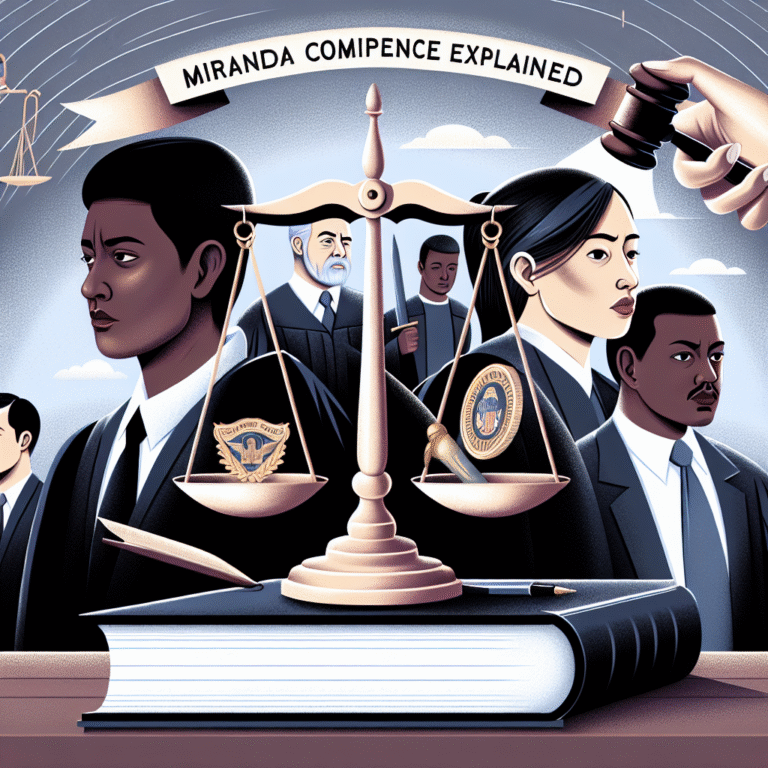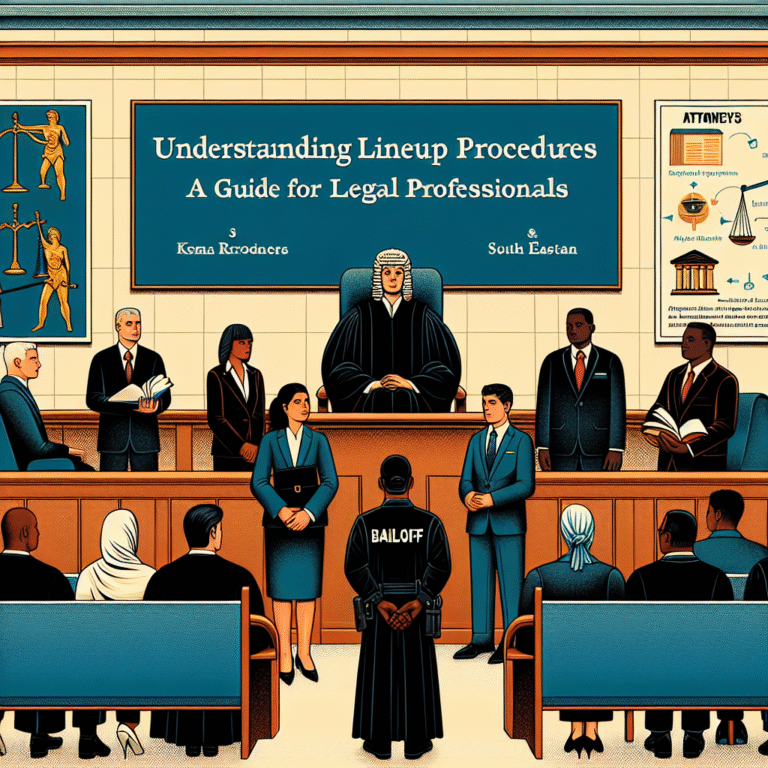
Introduction
In today’s fast-paced and unpredictable world, the ability to identify, assess, and manage risks is not just a necessity for businesses; it’s a fundamental skill that influences success and sustainability. “Risk Assessment 101: Understanding the Foundations of Risk Management" delves into the essential concepts that underpin effective risk management strategies. Whether you are a seasoned professional or just stepping into the field, understanding these foundations is crucial for navigating challenges and seizing opportunities in any organization.
The Importance of Risk Assessment
Effective risk assessment serves as the bedrock of successful decision-making. Imagine a ship sailing without a compass; it may reach its destination, but the journey will be fraught with uncertainty. Similarly, organizations that neglect risk assessment may navigate their paths without foresight, which can lead to disastrous outcomes.
The Consequences of Ignoring Risk
Financial Loss: Organizations can suffer financial setbacks due to unforeseen events. For instance, in 2017, Equifax experienced a massive data breach that impacted 147 million consumers, resulting in costs exceeding $4 billion.
Reputation Damage: A company’s reputation is invaluable, and a single oversight can tarnish it. Consider the fallout from Volkswagen’s emissions scandal, which not only led to legal consequences but also severely damaged consumer trust.
- Operational Disruption: Failing to identify operational risks can halt a business’s functions. A fire in a manufacturing plant can cause extensive downtime and lead to loss of revenues.
Risk Assessment Frameworks
Understanding the frameworks of risk assessment is essential in creating a robust risk management strategy. Here, we explore some key methodologies used in the industry:
1. ISO 31000:2018
ISO 31000 provides guidelines on risk management principles and framework. It aims to integrate risk management into an organization’s governance structure, fostering a culture of risk awareness.
Key Principles:
- Holistic Approach: Considers all forms of risk across the organization.
- Structured Process: Promotes a systematic process to manage risk.
2. COSO ERM Framework
The Committee of Sponsoring Organizations of the Treadway Commission (COSO) developed an Enterprise Risk Management (ERM) framework focusing on aligning strategy with risk.
Core Components:
- Governance and Culture: Establishing the organizational environment and risk governance.
- Performance: Linking risk to performance objectives.
The Risk Assessment Process
Understanding the step-by-step process of risk assessment is pivotal for effective risk management. The following stages outline this process:
Step 1: Risk Identification
Identify potential risks that can affect your organization. Utilize methods such as brainstorming sessions, checklists, and SWOT analyses to uncover risks across various domains.
Case Study: Toyota
In 2010, Toyota faced a crisis when reports of unintended acceleration surfaced. Through careful risk identification and focus groups, they recognized their issues in manufacturing practices and customer safety protocols, which led to a robust recall strategy.
Step 2: Risk Analysis
Once risks are identified, analyze their potential impact and likelihood. This analysis can be qualitative or quantitative.
Quantitative Tools:
- Probability Distribution Tables: These tables help visualize the likelihood of specific risks affecting the organization.
| Risk | Likelihood (%) | Impact ($) | Risk Score (L * I) |
|---|---|---|---|
| Data Breach | 20 | 2,000,000 | 400,000 |
| Operational Fail | 15 | 1,500,000 | 225,000 |
Step 3: Risk Evaluation
Evaluate the analyzed risks to determine their priority and acceptable levels of risk based on your organization’s risk appetite.
Case Study: BP’s Deepwater Horizon Incident
Before the disaster in 2010, BP evaluated risks associated with its operations in the Gulf of Mexico. However, the low-risk appetite led to cost-cutting measures, ignoring critical safety protocols. The outcome was catastrophic, emphasizing the importance of accurate risk evaluations.
Step 4: Risk Treatment
Develop strategies to mitigate, transfer, accept, or share risks. Options include implementing new policies, investing in risk management systems, or obtaining insurance.
Treatment Example: A tech company may implement cybersecurity measures while also obtaining cyber insurance to protect against data breach risks.
Key Risk Assessment Techniques
To effectively understand and manage risks, various techniques can be employed:
1. Risk Matrix
A risk matrix is a simple tool that assesses risks based on their likelihood and impact, creating a visual representation to prioritize risks.
2. Bowtie Analysis
Bowtie analysis helps visualize the pathways of risk events, illustrating causes, consequences, and controls in an easy-to-understand format.
Conclusion
Risk Assessment 101: Understanding the Foundations of Risk Management provides not just a theoretical background but practical insights for everyone—from aspiring professionals to seasoned experts. By mastering the foundations of risk assessment, organizations can enhance their strategic decision-making, ensure compliance, and foster a culture of resilience.
FAQs
1. What is the main purpose of risk assessment?
The primary purpose of risk assessment is to identify, analyze, and manage risks that could harm an organization, ensuring strategic objectives are met while minimizing potential losses.
2. How often should risk assessments be conducted?
Risk assessments should be conducted regularly, typically annually, or whenever significant changes occur, such as new projects or organizational changes.
3. What are some common tools used in risk assessment?
Common tools include risk matrices, SWOT analyses, and software solutions like risk management platforms that aid in visualization and analysis.
4. What is the difference between qualitative and quantitative risk analysis?
Qualitative analysis is subjective and assesses risks based on descriptions and scenarios, while quantitative analysis uses numerical values to measure risk likelihood and potential impact.
5. How can organizations build a risk-aware culture?
Organizations can build a risk-aware culture by providing training, promoting open communication about risks, and integrating risk assessment into everyday operations.
In summary, comprehensive risk assessment lays the groundwork for effective risk management and the sustainable success of an organization. By embracing these principles, you can position yourself at the forefront of risk management and drive your organization’s success, ensuring that when challenges arise, your ship is well-equipped to navigate the stormy seas ahead.

















